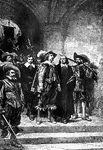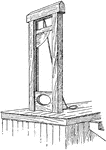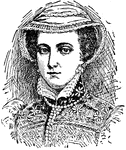Clipart tagged: ‘execution’
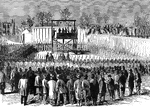
Captain Wirz's Execution
"Execution of Captain Wirz at Washington, D. C., Friday, November 10th, 1865."— Frank Leslie, 1896
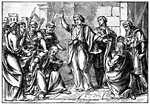
Daniel Saves Susanna from Execution
Illustration of a young Daniel questioning one of the old men who accused Susanna of promiscuity. Daniel…

Execution of Egmont and Horn
An illustration of two men, Egmont and Horn, being executed by beheading.
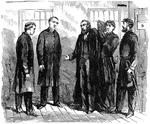
Execution Preparations
"Preparing the prisoner for execution- putting on the black robe."— Frank Leslie, 1896
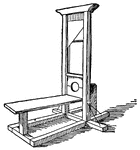
Guillotine
The guillotine was a decapitating execution device invented by Joseph-Ignace Guillotin, remembered for…
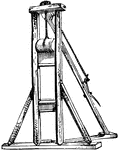
Guillotine
The guillotine was a device used for carrying out executions by decapitation. It consists of a tall…
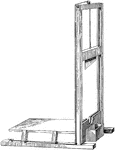
Guillotine
An illustration of a guillotine which was a device used to carry out executions by decapitation. Guillotines…

Protestant Worship in the Wilderness
Protestant Christians worshipping in the wilderness to avoid religious execution.
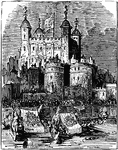
Procession to the Tower of London
Her Majesty's Royal Palace and Fortress, more commonly known as the Tower of London (and historically…
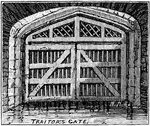
Traitor's Gate, Tower of London
The name Traitors' Gate has been used since the early seventeenth century, prisoners were brought by…
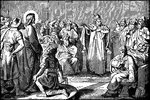
Jesus Appears Before Caiaphas, the High Priest
"Then the high priest rent his garments, saying, He hath spoken blasphemy: what further need have we…
